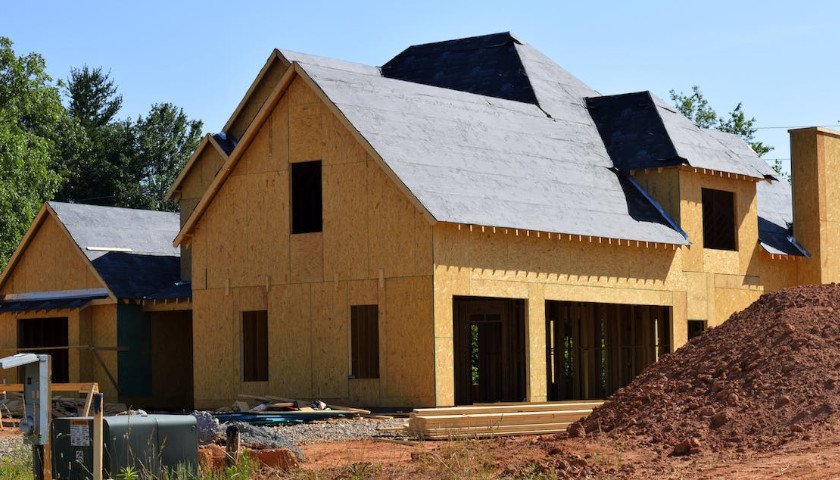by J.D. Davidson
Advancing broadband access across Ohio became official when Gov. Mike DeWine signed into law a bill that creates a grant program that government and business groups said is critical to economic development.
DeWine and Lt. Gov. Jon Husted signed the bill Monday at Middletown’s Amanda Elementary School, along with students, Ohio Superintendent of Public Instruction Paolo DeMaria and Ohio Development Services Agency Director Lydia Mihalik.
“Reliable high-speed internet is a necessity for all Ohio industries, including manufacturing,” said Ryan Augsburger, president of the Ohio Manufacturers Association. “The pandemic has illuminated the need for Ohio families and businesses to efficiently access broadband in today’s technology-based economy.”
As the pandemic extends to nearly 16 months, underserved broadband areas continue to struggle with working from home, telehealth appointments and online education when schools operated with full or part-time online learning.
“It is estimated that 700,000 Ohioans still remain without reliable internet access in 2021. The pandemic has exposed how broadband is essential infrastructure in today’s economy. We look forward to seeing the progress this bill will promote,” said Keary McCarthy, executive director of the Ohio Mayors Alliance.
House Bill 2 creates the state’s first Residential Broadband Expansion Program with grants to offset construction and costs to facilitate expansion of high-speed internet.
The plan would be to attack the last mile of connectivity to households. That’s where sponsor Rep. Rick Carfagna, R-Genoa Township, said connection remains cost-prohibitive to providers to extend service. The legislation also creates incentives for private investment into broadband infrastructure in underserved areas.
The program offers $20 million for grants, and some think it might not be enough to have a major impact.
“HB2 funding is essential for the continued and sustained growth of economic development and the quality of life of our businesses and citizens,” said Lynn Child, president of CentraComm in Findlay. “With the above thought in mind, a major concern to highlight is that $20 million is a minuscule amount of dollars and may have a minimal impact, especially given the cost per-pole attach rate in rural areas that must be absorbed.”
The legislation also received support from policy groups such as The Buckeye Institute, a Columbus think tank.
“Even prior to the COVID-19 pandemic, access to broadband was critical to effective telehealth, long-distance education and telecommuting. During the pandemic, this reality came into starker relief,” said Greg Lawson, research fellow at The Buckeye Institute. “The Buckeye Institute championed policies – which were outlined in Policy Solutions for the Pandemic: Expanding Broadband to Underserved Areas – will bring this essential service to unserved areas of Ohio, will protect taxpayers, and will ensure Ohioans – no matter where they live – can attend school, work, and visit their doctors from home.”
– – –
An Ohio native, J.D. Davidson is a veteran journalist with more than 30 years of experience in newspapers in Ohio, Georgia, Alabama and Texas. He has served as a reporter, editor, managing editor and publisher. He is regional editor for The Center Square.
Photo “Gov. Mike DeWine” by Vivien McClain Photography CC 4.0.





